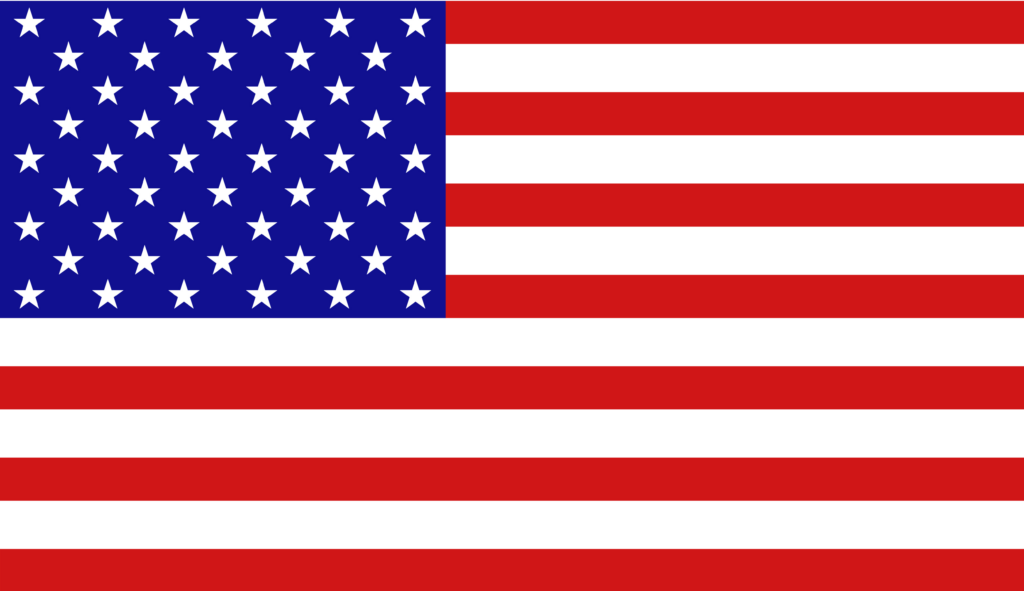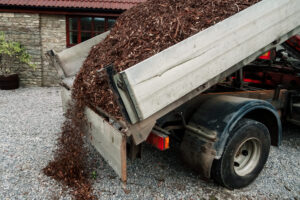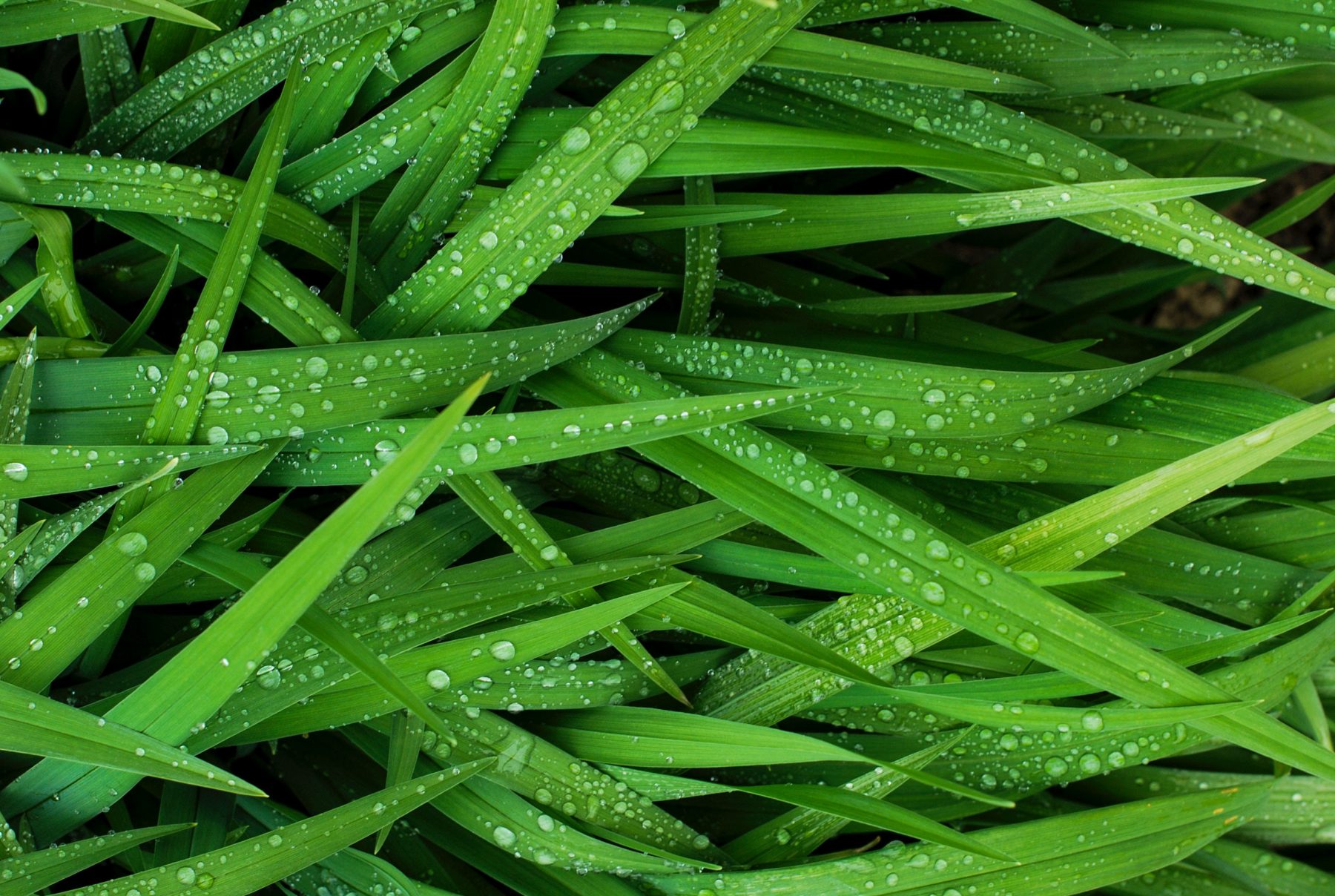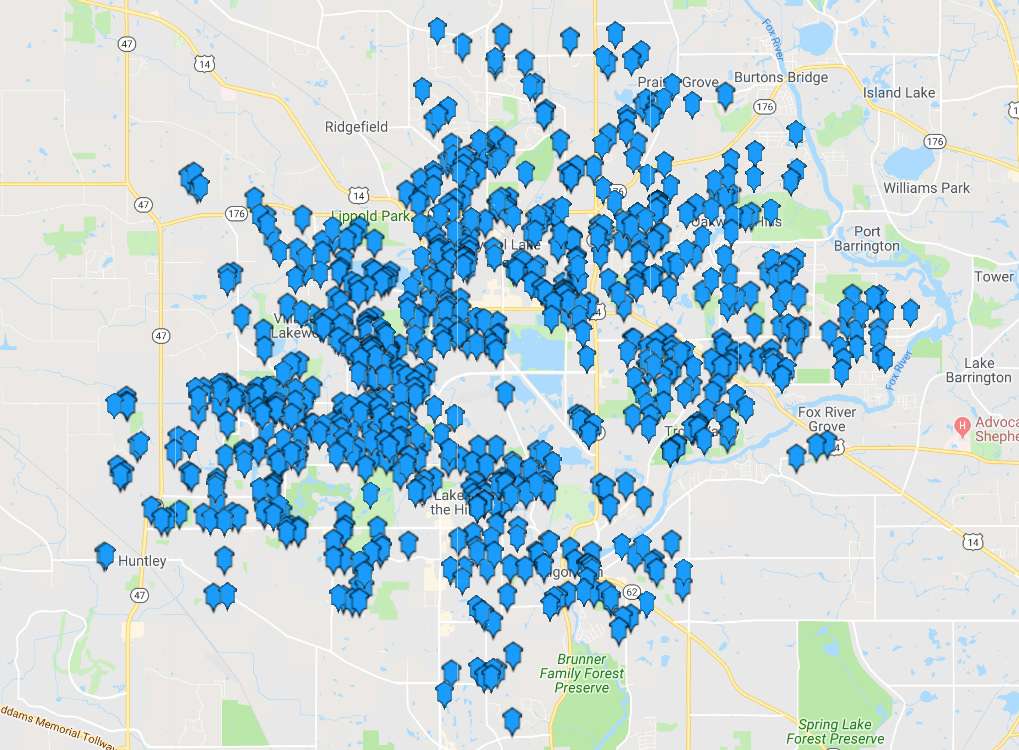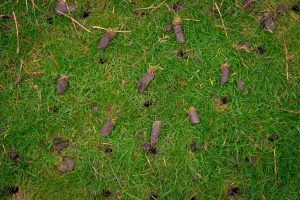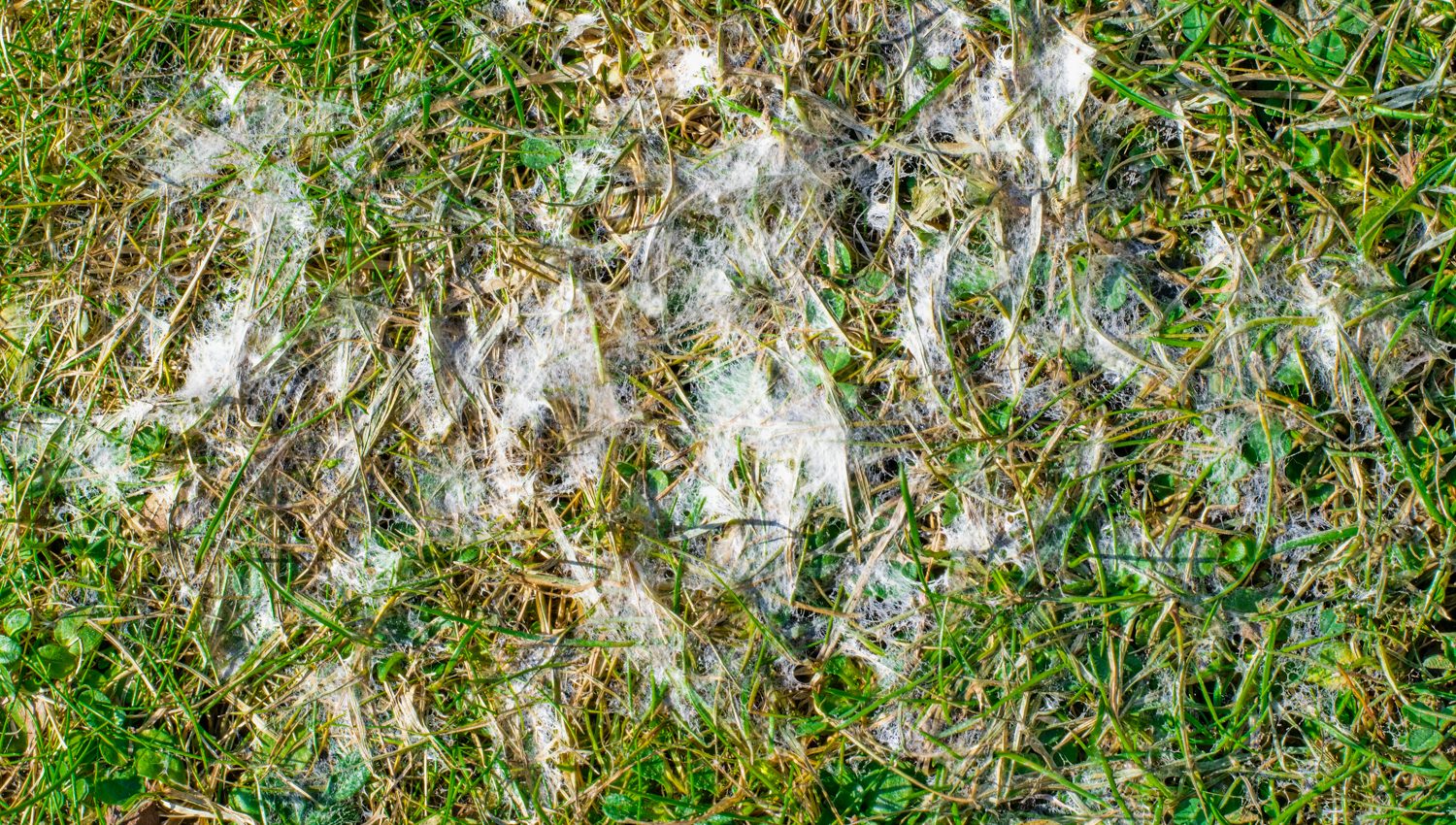
Identifying & Treating Snow Mold
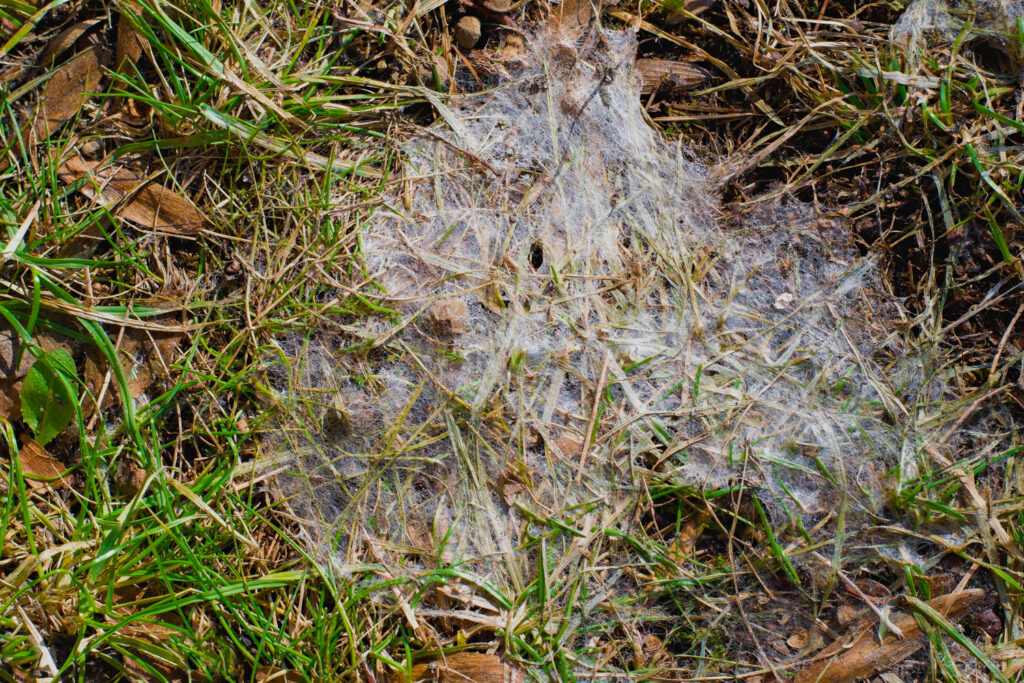
What Does Snow Mold Look Like
Snow mold typically appears as irregular circular patches of dead grass that appear grayish-white or slightly pink in color. These patches of infected turf are often described as having a “smoke ring” appearance around the perimeter. The discoloration seen in infected areas is caused by the fruiting bodies of the invading fungus, which also causes these patches to appear raised when compared to the surrounding turf. However, snow mold may attack your lawn without signs of fruiting bodies, in which case the infected areas would simply appear as matted straw-colored grass.
Snow mold patches can range in size from just a few inches to several feet across. The white fuzz or webbing on top of these patches, which is actually the accumulation of fungal spores/fruiting bodies, gives off the characteristic snowy appearance left behind on infected grass. The grass around and underneath the infected areas will become thin and discolored even after signs of active snow mold have disappeared.
Look For These In Your Lawn:
- White-gray or pink-gray color
- Matted circular patches
- Raised turf where infected
- Smoke ring around perimeter
- Size range: a few inches to a few feet
- Fuzzy webbing across damp grass
- Hardened sclerotia when dry
- Occasional fruiting bodies
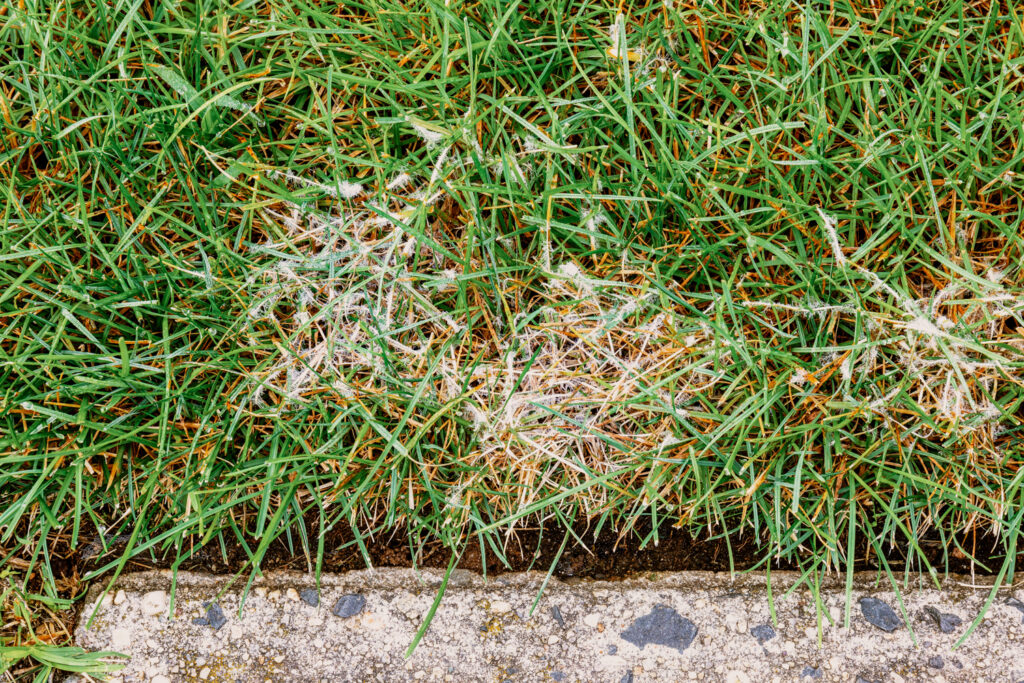
Does Snow Mold Kill Grass
Snow mold can kill grass if it’s left untreated for an extended period of time, but basic treatments and prevention techniques can help clear up snow mold entirely, making it very unlikely that your grass will die as a result of an infection. If the invading fungus spreads into the roots and crowns of your lawn in some cases, it begins to damage these important parts of your grass. This causes them to be very vulnerable to other diseases and pests, as well as severe environmental conditions. Generally speaking, this is what causes snow mold to “kill” your grass, but it is more accurate to say that snow mold compromises your grass and allows other ailments to develop.
Thankfully, the disease that we call gray snow mold is considered a foliar disease that only affects the leaves of plants (grass blades). This is the type of snow mold that is most common in Illinois lawns and across the country. Pink snow mold, on the other hand, is an aggressive form of the disease caused by an entirely different fungus. Pink snow mold is not as common, but it will kill your grass by attacking roots and crowns, unlike gray snow mold.
Commonly Affected Grass Types:
- Perennial ryegrass
- Kentucky bluegrass
- Creeping bentgrass
- Colonial bentgrass
- Tall fescue
- Fine fescue
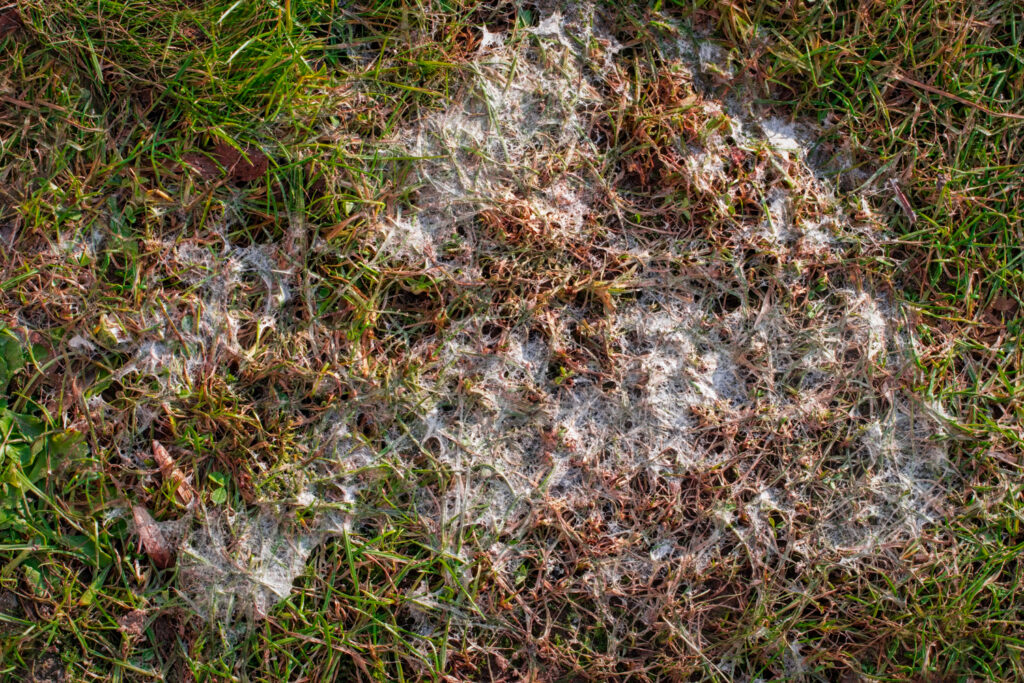
As mentioned above, gray and pink snow mold are two similar diseases that creep into lawns over winter, and lawns start showing signs of damage as soon as snow melts in spring. Both types of snow mold cause patches of damaged grass that typically appear matted and stiff, but there are some key differences between these two types of snow mold that homeowners need to understand.
Gray Snow Mold
This variety of the disease, also known as Typhula blight, is caused by fungi in the Typhula genus (usually Typhula incarnata). The fungi within this genus only attack the grass blades of your lawn, and you can positively identify gray snow mold by waiting until your lawn dries. If the infected areas develop hardened, antler-like sclerotia as your lawn dries and warms up, you are dealing with gray snow mold. While your lawn is still wet, gray snow mold is the variety that will produce a fuzzy or cobweb-like appearance if fruiting bodies are present. This is the more common and less aggressive type of snow mold.
Pink Snow Mold
Pink snow mold (pictured above), also called Fusarium patch, is caused by the fungal species called Microdochium nivale (fruiting bodies of Monographella). A pink cobweb-like growth can often be seen around the perimeter of pink mold. Pink snow mold survives as mycelium or spores in infected plant debris. Though not as common, this type of the disease causes much more damage to your lawn, as the fungus responsible attacks the roots and crowns of your grass. Pink snow mold can even develop in winter without the presence of snow cover, unlike gray snow mold.
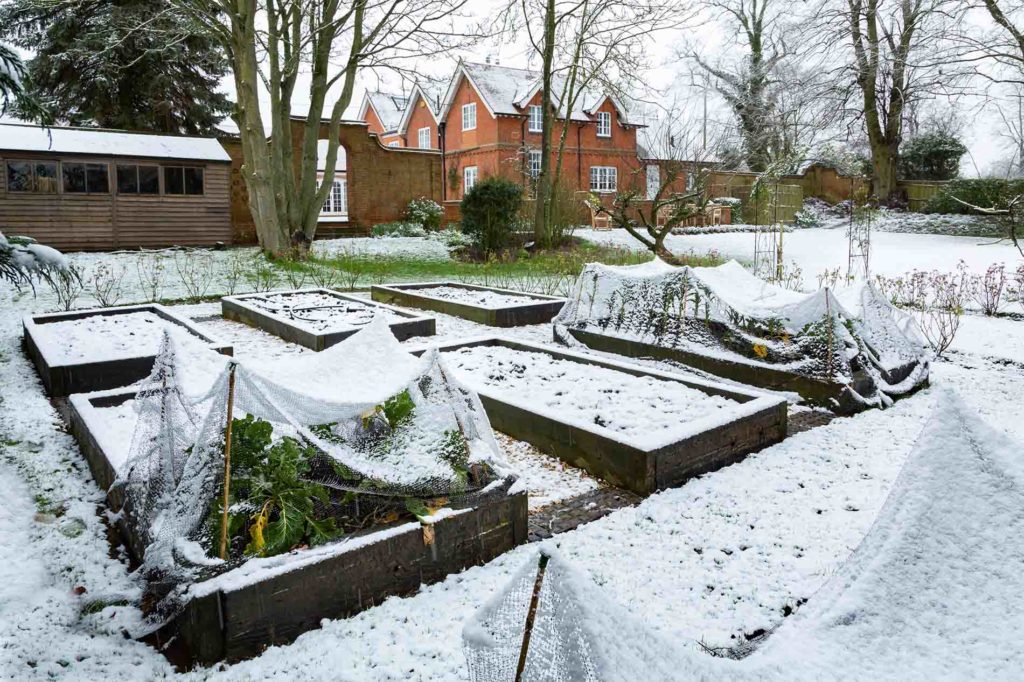
The true causes of snow mold are the aforementioned fungi, but these invasive fungi can only develop under certain conditions. Gray snow mold develops best when the soil and air temperatures are right around freezing, or just slightly above. Pink snow mold will develop at a much wider range of temperatures, anywhere from 30-60˚F, meaning you may see signs of snow mold well into late spring or even in early summer.
Of course, the number one cause of both types of snow mold is a heavy blanket of snow, even though this is not a requirement for pink snow mold. It is under the cover of this blanket where snow mold usually develops. Cold, damp fall weather leading into winter is a huge factor in the development of this disease. Excess shade and overfertilizing in late fall (especially in conjunction with one another) also frequently contribute to snow mold.
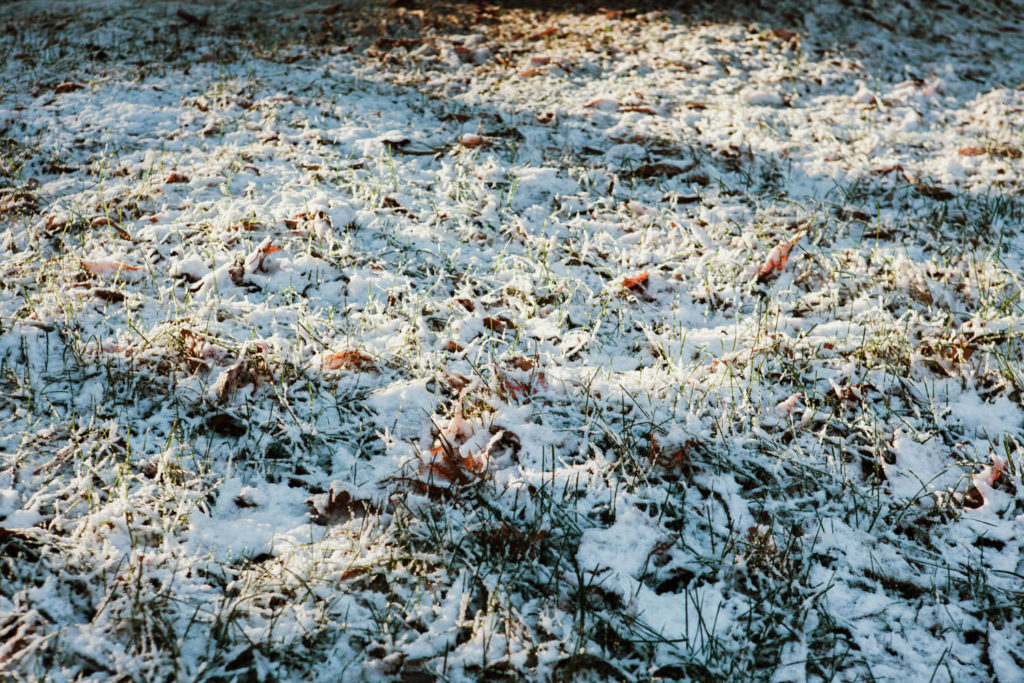
How To Prevent Snow Mold
The best way to prevent snow mold is to get your lawn in order before the first snowfall or frost of the season. Fungicides are not typically effective against the more common gray snow mold once it has developed in spring, so the best treatments are all preventive, which is true of all lawn diseases. Make sure your lawn is draining well, gets ample sunlight, and does not receive too much nitrogen-heavy fertilizer in fall.
<
Snow Mold Prevention Tips:
- Mow 1 inch lower than usual just before the first frost.
- Rake up leaves and thatch where snow mold can attach itself.
- Use a season-appropriate, low-nitrogen fertilizer in fall.
- Move obstructions that shade your lawn.
- Water your lawn deeply and infrequently before growth stops.
- Call the pros to apply a preventive fungicide.
- Shovel walkways and driveways around your lawn.
- Don’t pile shoveled snow on top of the snow on your lawn.
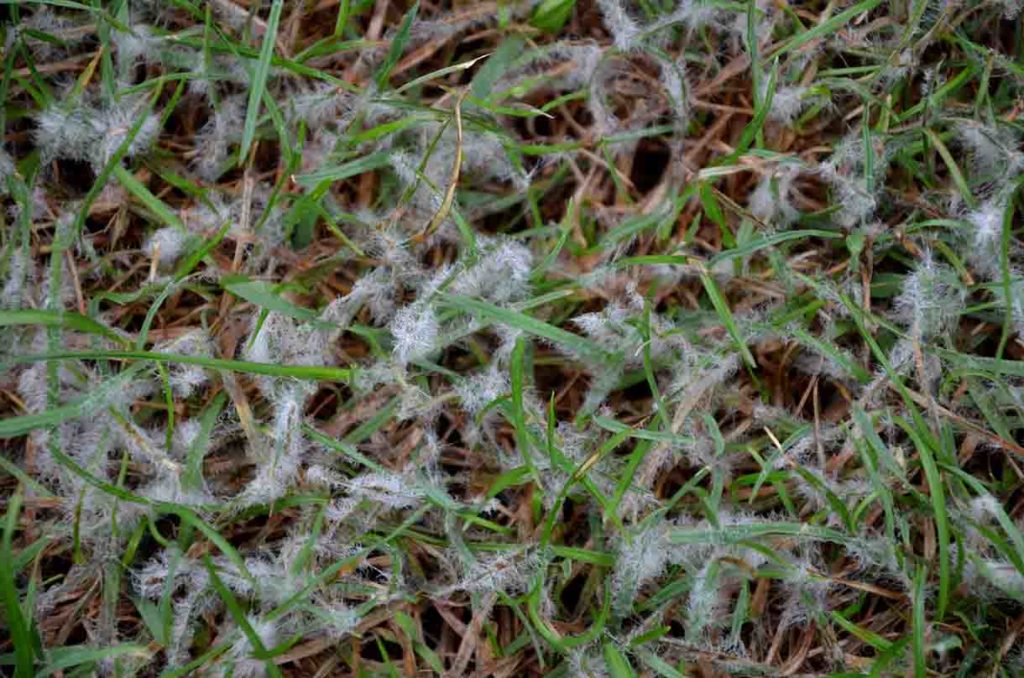
Repairing Snow Mold Damage In Illinois
Do not fret if you find snow mold this spring! Though it can look like an ugly and matted mess, gray snow mold will not be able to survive temperatures much higher than 40˚F. Once consistently warm temperatures arrive, signs of snow mold will slowly start to disappear, but it may take longer than you’d like. To help speed the healing process along, seeding over damaged areas is a great way to see green grass sooner! It should also be noted that fertilizers and fungicides will only make snow mold damage worse, so avoid applying such products until your lawn appears healthy again.
If you are in the Crystal Lake, IL area and are worried about snow mold this spring, call Elite Lawn Care today at (815) 880-7333. We will happily clear up all your worries and all the snow mold for you!
Start Your Quote Today! Getting Started
Get your weekend back & simplify your life this season. Trust Elite Lawn Care for your Lawn Care, Landscaping & Snow Removal needs.
-
1Choose Your ServicesChoose the services your property needs throughout the year.
-
2Set Up & Finalize Your AccountFill out the form & one of our team members will contact you.
-
3Discover The DifferenceServices are automatically scheduled, completed & billed.

